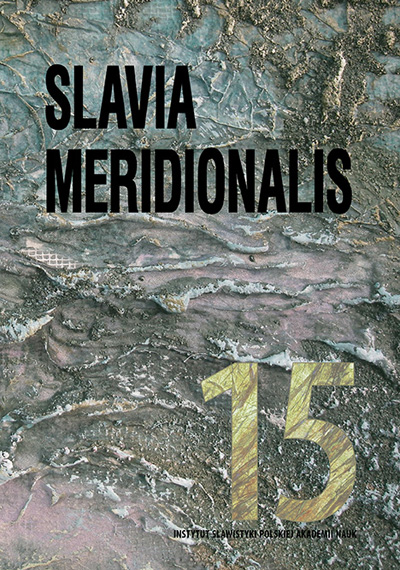Lexicon of Albanian mythology: areal studies in the polylingual region of Azov Sea
Lexicon of Albanian mythology: areal studies in the polylingual region of Azov Sea
Author(s): Alexander A. NovikSubject(s): Language and Literature Studies, Theoretical Linguistics, Lexis
Published by: Instytut Slawistyki Polskiej Akademii Nauk
Keywords: lexis; mythology; Albanian dialects
Summary/Abstract: Four villages with Albanian population are located in the Ukraine: Karakurt (Zhovtnevoe) set up in 1811 (Odessa region), Tyushki (Georgievka), Dzhandran (Gammovka) and Taz (Devninskoe) set up in 1862 (Zaporizh’a region). The analysis of lexica of the Albanian subdialect of the Ukraine shows the continuation of the use of mythological terminology between the districts of the South-Eastern Albania (Korça, Devoll, Kolonja) and the Albanian-speaking villages of the Azov Sea region. The Albanian subdialect of the Ukraine has no collective lexeme to designate all the representatives of the demonic world. The most common forms of denotation are these: nok janë të prastúrë (lit. ‘they are unclean’), shpírti nok i prastúrë (lit. ‘unclean spirit’). There are a large number of stories about the transformation of people into the animals – dogs, cats, goats, foxes, chickens etc. and even into things (the most common plot variant is about transformation of a man into a wheel). Also we observe the personification of the steppe wind among the Albanians of the Ukraine. Thus there is a special word for such a kind of wind in this subdialect – varalluzhg/ë, –a (‘varaluzhga’). The Balkan peoples believe that the fate of every individual is assigned by three mythological characters. Most of them, including the Albanians, consider that these three characters are female. They appear several hours after the child’s birth and assign its fate. The Albanians of the Ukraine keep these beliefs, but according to their system of mythological images, there are three men determining the child’s fate instead of three women. As the native consultants claim, these are three huge, tall and strong black men (tri burre qysh japin fatnë). Another variation on this theme comprises the stories about Christ’s disciples, the apostles and their followers, who can also determine the child’s fate.
Journal: Slavia Meridionalis
- Issue Year: 2015
- Issue No: 15
- Page Range: 261-273
- Page Count: 13
- Language: English

